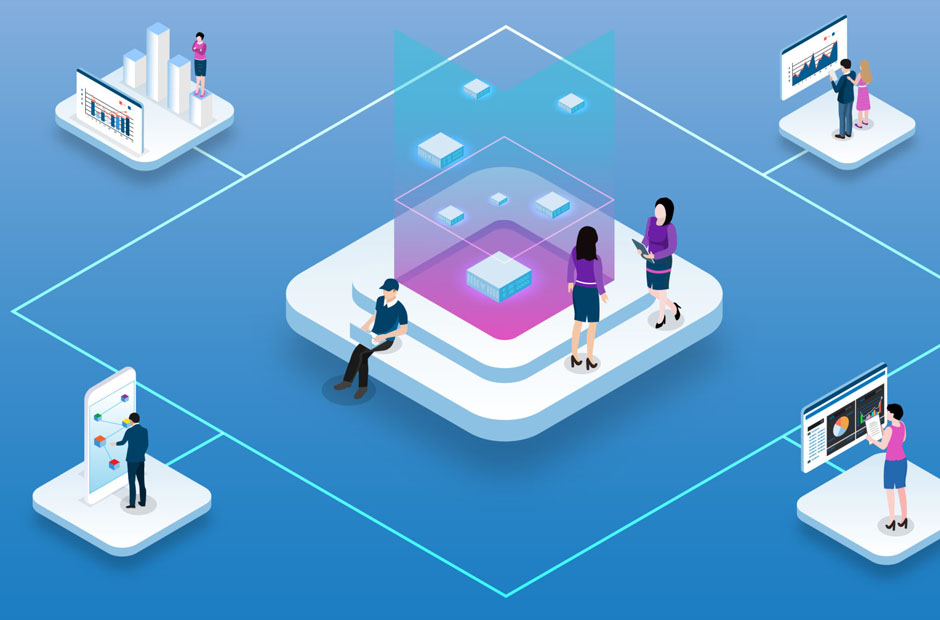Now Reading: Effective Strategies for Onboarding New Hires in a Distributed Environment
-
01
Effective Strategies for Onboarding New Hires in a Distributed Environment
Effective Strategies for Onboarding New Hires in a Distributed Environment

Key Takeaways
- Pre-boarding sets the tone for new hires and minimizes first-day confusion.
- Structured onboarding plans with clear milestones accelerate integration and productivity.
- Mentoring, digital tools, and cultural initiatives are essential for remote engagement.
- Consistent feedback and support drive long-term employee satisfaction and retention.
Introduction
As the workforce evolves, more organizations are onboarding employees remotely, which presents unique challenges when welcoming and integrating new hires. Without traditional face-to-face interactions, distributed teams must find creative ways to foster connection and engagement from a distance. Adopting best practices in distributed management is vital to ensure each employee feels equipped and embraced from the beginning.
Successful remote onboarding isn’t simply about logistics; it’s about building relationships and establishing clarity from day one. With effective strategies and the right tools, companies can minimize confusion, streamline workflows, and make new teammates feel part of the team—regardless of geography.
Preparing new hires before their first day and embedding them in a culture of communication and support sets the foundation for strong performance. Prioritizing seamless processes and genuine engagement can distinguish between quick adaptation and disengaged, overwhelmed employees.
Beyond technical training, remote onboarding programs should nurture inclusion and open access to information so new employees can thrive in their new roles. Organizations that champion these principles build resilient, connected teams even in distributed settings.
Pre-Boarding: Setting the Stage Before Day One
Pre-boarding is the preparatory phase in which companies engage employees before their official start. This often overlooked stage reduces first-day anxiety and creates space for a smoother transition. Activities like sending a personal welcome message, shipping laptops, or providing digital access to necessary documents set a positive tone and demonstrate organizational readiness.
- Welcome Email:Personalized communication expressing excitement and providing directions for the first day.
- Equipment Provision:Ensuring all technology and peripherals are ready and delivered before their start date.
- Documentation:Sharing links to company handbooks, forms, and onboarding guides for digital self-service or early review.
Pre-boarding isn’t just an administrative process—it’s the first touchpoint of your employee value proposition. When thoughtfully executed, it proves to the new hire that they made the right choice, decreasing early turnover and increasing engagement from the outset.
Structured Onboarding Plan
Without an in-person environment, a deliberate and transparent onboarding roadmap is essential. Implementing a 30/60/90-day plan allows employees to pace their learning, understand role expectations, and build confidence. Such a plan should detail:
- First 30 Days:Focus on orientation, understanding culture, systems, and meeting the team.
- Next 30 Days:Begin active project participation and solicit regular feedback on progress.
- Final 30 Days:Take on more complex projects to solidify expertise and achieve measurable contributions.
A phased structure with clear objectives removes ambiguity while empowering new team members to track their progress and development. Regular milestones foster momentum and demonstrate that employee growth is being prioritized.
Assigning a Mentor or Buddy
The absence of spontaneous office conversations makes assigning a buddy or mentor invaluable for remote hires. A mentor’s primary functions include answering questions, accelerating cultural understanding, and providing much-needed social connection. Having a dedicated person to lean on increases speed to productivity and promotes a sense of inclusion from the start.
- Share insights on team etiquette and company history.
- Assist with digital tool adoption and process orientation.
- Arrange virtual introductions so new hires can network across the organization.
Mentorship initiatives reduce early attrition and foster leadership skills among more tenured team members, creating a cascading effect of engagement and knowledge-sharing.
Utilizing Digital Tools for Engagement
Modern digital tools are the backbone of effective distributed onboarding. Platforms like Slack, Microsoft Teams, or Zoom make communication fast, transparent, and inclusive—even across time zones. Incorporating a centralized company wiki, cloud document storage, and regular video calls ensures all employees have equal access to resources and people.
- Regular Virtual Meetings:Maintain recurring check-ins for personal and project alignment.
- Collaborative Software:Streamline teamwork and track project milestones without physical proximity.
- Knowledge Hubs:Maintain central resources for easy reference and asynchronous learning.
As highlighted by the HBR Guide to Remote Work, successful virtual onboarding relies on integrating channels that make communication accessible and reduce silos.
Fostering Company Culture Remotely
Nurturing culture across a distributed organization is more intentional than spontaneous. Leaders should schedule virtual team-building events and regular check-ins, creating authentic connections and trust-building opportunities. Sharing company updates and celebrating small wins in public channels reinforces belonging and transparency.
- Online Social Activities:Host virtual coffee breaks, game nights, or themed discussions to maintain morale.
- One-on-One Meetings:Focus on understanding newcomers’ experiences and acting on their feedback.
- Transparent News Sharing:Keep everyone in the loop with frequent updates from leadership.
Intentional cultural efforts ensure that every hire—regardless of their time zone—feels seen, valued, and empowered to participate fully.
Providing Continuous Feedback and Support
Sustained employee success hinges on continuous feedback and proactive support. Early performance reviews highlight achievements and growth areas, preventing issues from compounding over time. Organizations should foster open feedback channels and prioritize ongoing development through training and mentorship programs.
- Scheduled Performance Reviews:Regularly evaluate and coach for improved employee outcomes.
- Open Forums:Allow new hires to voice ideas and perspectives about their roles and the onboarding process.
- Ongoing Learning:Provide webinars, courses, or stipends for professional growth.
Active support demonstrates commitment to each employee’s journey and accelerates the shift from newcomer to high performer. According to the MIT Human Resources guide on remote onboarding, robust onboarding directly impacts employee retention and engagement, making this stage crucial for organizational health.
Final Thoughts
Onboarding in a distributed environment requires more than traditional HR checklists. Articulating clear plans, providing intentional support, and using engaging digital tools are vital to new hire success. With these strategies, companies can ensure every remote employee feels welcomed, motivated, and empowered to excel—no matter where they log in from.





















